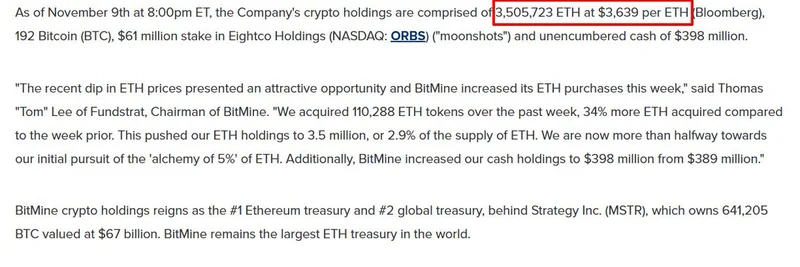In the ever-evolving world of cryptocurrency, stories of massive frauds remind us why vigilance is key. Recently, Spanish authorities made headlines by dismantling a €260 million (about $300 million) Ponzi scheme orchestrated by a man known as "CryptoSpain." This operation, dubbed Madeira Invest Club, lured thousands of investors with promises of sky-high returns. Let's break down what happened, based on the latest report from BSC News.
The Mastermind and the Scheme
At the center of this scam was 42-year-old Álvaro Romillo Castillo, arrested in Madrid under Operation PONEI, led by Spain's Civil Guard. Castillo, who branded himself as "CryptoSpain," ran a fake investment platform that dangled 20% annual returns on a mix of assets: cryptocurrencies, gold, luxury cars, whiskey, and real estate.
But here's the twist – he claimed funds were invested in digital art for resale profits. In truth, it was a classic Ponzi setup, where money from new investors paid "returns" to earlier ones, creating an illusion of legitimacy. Ponzi schemes, named after Charles Ponzi's infamous 1920s fraud, rely on this pyramid structure and inevitably collapse when new money dries up.
A Global Web of Deception
The scheme wasn't confined to Spain. Investigators uncovered shell companies and bank accounts in at least eight countries, including Cyprus and Madeira. Funds were funneled through offshore entities and crypto mixing services – tools that blend transactions to obscure their origins, making tracing harder.
Shockingly, some of the ill-gotten gains reportedly funded a politician's campaign and moved millions via overseas accounts. With help from Europol, authorities tracked transactions to crypto exchanges in Estonia and Panama. This highlights how blockchain's borderless nature can be exploited, but also how international cooperation is closing in on such crimes.
Victims and Losses
Over 3,000 people fell victim, spanning Spain, Portugal, Italy, Germany, and even Latin America. Many were middle-class folks or retirees who invested their life savings, averaging €80,000 ($87,000) per person. Some lost over €1 million ($1.1 million). It's a stark reminder that in crypto, if it sounds too good to be true, it probably is.
Seizures and Legal Fallout
Police raids netted luxury items like a Ferrari and a yacht, all bought with stolen funds. Castillo, denied bail due to flight risk, faces up to 15 years in prison. His court appearance is slated for November 15. This bust sends a strong message: regulators are ramping up efforts against crypto fraud.
Lessons for Meme Token and Crypto Enthusiasts
While this isn't directly about meme tokens, it underscores risks in the broader blockchain space. Meme coins, often hyped on social media, can sometimes blur into scam territory. Always DYOR (Do Your Own Research): check project teams, audit reports, and community vibes. Use reputable exchanges, enable two-factor authentication, and never invest more than you can afford to lose.
At Meme Insider, we're committed to keeping you informed on legit opportunities and red flags in the meme token world. Stay tuned for more updates, and remember – knowledge is your best defense against scams.




